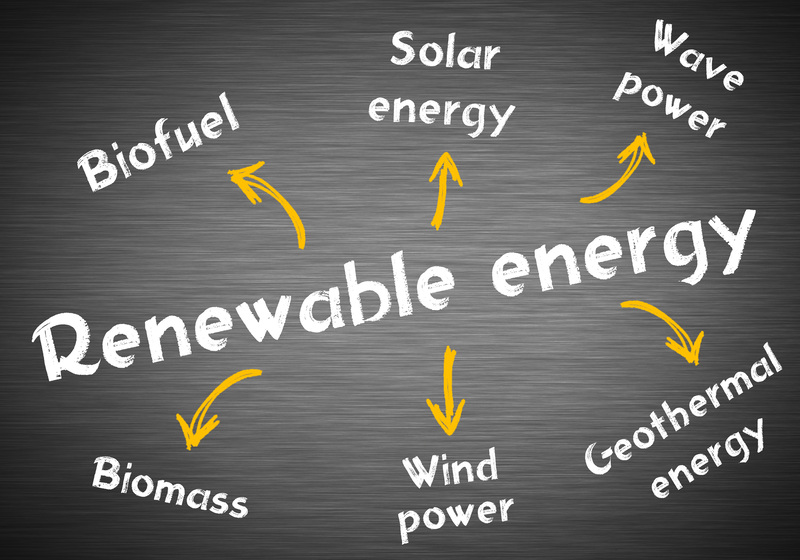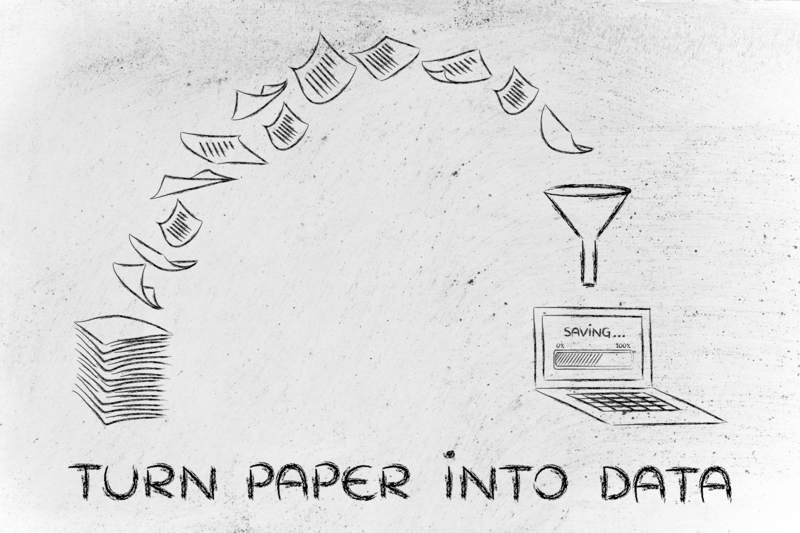Preparing Your Pots and Pans for Recycling Facilities: A Complete Guide
If you've found yourself with a growing collection of old or damaged cookware, you might be wondering how to dispose of these items in an environmentally conscious way. Recycling pots and pans is not as straightforward as tossing them in the nearest blue bin. Properly preparing your cookware for recycling can make a significant difference in sustainability and resource conservation efforts. In this comprehensive guide, we'll walk you through the important steps and considerations for preparing your pots and pans for recycling facilities, so you can help reduce landfill waste and give your cookware a second life.
Why Recycle Pots and Pans?
Before diving into the mechanics of recycling, it's important to understand why your efforts matter. Pots and pans recycling reduces landfill waste, conserves natural resources, and helps lower the demand for raw materials. When metal cookware is properly processed, it can be melted down and transformed into new products, contributing to a circular economy and minimizing environmental impact.
- Environmental impact: Landfilling non-biodegradable cookware wastes precious landfill space and leaches chemicals into the environment over time.
- Resource conservation: Recycling metal cookware saves energy compared to manufacturing new metals from ore.
- Cost savings: Metal recycling facilities can reuse valuable metals, reducing costs for manufacturers and consumers alike.

Step-By-Step Guide to Preparing Pots and Pans for Recycling Centers
Let's break down the process for preparing your old kitchen cookware for recycling plants so you can ensure the best possible outcome for your unwanted pots and pans:
1. Identify the Material of Your Cookware
Not all pots and pans are created equal, and their composition determines how--and even if--they can be recycled.
- Stainless steel: Most commonly accepted by recycling facilities. Often has a slight magnetic pull.
- Aluminum: Lightweight and non-ferrous (not magnetic). Also widely accepted.
- Copper: Valued for its conductivity, copper cookware can often be recycled, but may need to be separated from other metals.
- Cast iron: Heavier and durable, but check with local facilities, as some have special requirements.
- Nonstick coatings (e.g., Teflon): These can pose a challenge, as many facilities do not accept cookware with coatings.
- Enamel, ceramic, or glass: Most municipal recycling programs don't accept these materials with regular metals, but specialty programs might.
Tip: Check your cookware for labels, stamps, or imprints that indicate the material type. If you're unsure, use a magnet to determine if the item is ferrous (magnetic) or non-ferrous.
2. Remove Non-Metal Components
Before you recycle your cookware, it's crucial to strip away non-metal parts. This step ensures that your items are processed efficiently at recycling centers.
- Handles: Remove plastic, rubber, wood, or silicone handles with a screwdriver or pliers.
- Knobs and lids: Separate glass lids and plastic knobs from metal bases. Recycle glass or plastic separately if accepted by your local facility.
- Rivets and screws: If possible, unscrew or cut off non-metal fittings.
- Pads or coatings: Some cookware has rubberized pads or painted coatings. While not always necessary, removing as much as possible is best practice.
Pro Tip: Save reusable hardware for future DIY projects. Don't toss extra screws or handles--they can come in handy later!
3. Clean Thoroughly
Wash your pots and pans thoroughly to remove food residue, oils, or grease. Most recycling facilities require items to be clean to avoid contamination.
- Use hot, soapy water and a non-abrasive scrubber.
- For stubborn food, soak overnight and re-scrub.
- You do not need to restore to a like-new shine; simply ensure all residues and food debris are gone.
Note: Rinsing your cookware before recycling permits higher material quality in the recycling process and limits unpleasant odors in recycling bins.
4. Remove or Address Nonstick and Coated Surfaces
Nonstick pans often have coatings such as Teflon (PTFE), which cannot be recycled with metal. Some facilities outright reject nonstick cookware because the coatings may release toxic fumes if melted.
- If only the surface coating remains, check if your facility can handle it; if not, you may have to dispose of these items differently.
- If your pan is made from aluminum or stainless steel but sports a damaged nonstick coating, consider removing the coating with sandpaper or a grinder--it's labor intensive, but it can make the pan eligible for metal recycling.
- Check local hazardous waste collection events--sometimes they accept cookware with coatings.
Never put nonstick pans directly into curbside recycling unless your local guidelines expressly permit it!
5. Check Local Recycling Guidelines
Recycling regulations and capabilities vary by location. Before you drop off your cookware, look up your municipality or county recycling rules:
- Some towns accept scrap metal at curbside pickups; others require you to bring it to dedicated drop-off centers.
- Ask about the acceptance of "bulky metal" items and whether they will take pots and pans.
- Private scrap yards may take a wider range of cookware and may even pay for valuable metals like copper or cast iron.
- For coated or specialty cookware, ask if they accept them or if they participate in brand take-back/reuse programs.
Visit your city's website, call the recycling coordinator, or consult the Earth911 recycling locator for specific information on your area.
6. Transporting Cookware to a Recycling Facility
Pots and pans are typically too heavy for average curbside bins. Instead, plan to take them to the local collection point or metal recycling yard. Here's how to do it efficiently:
- Stack pots and pans to save space and arrange by metal type (aluminum with aluminum, stainless with stainless, etc.)
- Transport in a heavy-duty box or bucket to avoid injury and spills.
- Upon arrival, let facility staff know what metals you have and if any non-removable coatings remain.
- Some locations buy scrap metal by weight, so you may be paid for valuable metals.
7. Rethink and Upcycle Before Recycling
Before committing to recycling, consider whether your old pots and pans could be repurposed or donated.
- Non-profit organizations, thrift stores, or shelters may accept usable cookware, even with some cosmetic wear.
- Transform a dented pot into a garden container, bird bath, or tool organizer.
- Upcycling keeps items out of the waste stream and offers environmental benefits comparable to recycling.
Only recycle after confirming the items can't be reused in any way.
Frequently Asked Questions About Pots and Pans Recycling
Can all pots and pans be recycled?
Most metal pots and pans can be recycled if properly prepared, but cookware with nonstick coatings, plastic parts, or glass is often excluded from standard recycling. Always check with your local facility for the most accurate guidelines.
What happens to recycled cookware?
Recycled metal from cookware is melted in high-temperature furnaces and repurposed into new products such as car parts, construction materials, or even new kitchen tools!
Can I leave rivets or screws in my pots and pans?
Most facilities can handle small metal fasteners, but it's best practice to remove non-metallic or plastic elements. Extra hardware intermingled with reclaimable metal is generally acceptable, but avoid leaving on large plastic or wood handles.
Are cast iron pans recyclable?
Yes, cast iron pans are highly recyclable. Some facilities appreciate larger, heavier items as they provide more metal by weight, but verify first as some may want you to remove rust or coatings.
Where to recycle pots and pans if my community doesn't accept them?
- Scrap metal yards typically take all sorts of metal cookware.
- Charities may accept certain types for reuse.
- Brands sometimes offer mail-in or buy-back programs for old cookware--as part of a circular sustainability effort.
Top Tips for Responsible Cookware Disposal
- Always confirm material types before recycling.
- Remove all non-metal attachments and coatings if possible.
- Clean cookware thoroughly before drop-off.
- Check local policies before proceeding--never assume acceptance!
- Consider donation, upcycling, or specialty programs before choosing recycling.
- Avoid placing cookware in general curbside bins without advance confirmation.

Environmental Impact of Recycling vs. Disposing Pots and Pans
Properly preparing and recycling pots and pans can make a major environmental difference:
- Energy conservation: Recycling metals saves 74% of the energy needed to create new steel, and up to 95% for aluminum.
- Emission reduction: Recycling keeps metals from degrading in landfills and reduces greenhouse gas emissions associated with mining and refining virgin materials.
- Resource preservation: Reduces the demand for new metal ores, mitigating land disruption and pollution.
In contrast, cookware in the trash merely adds to landfill mass and misses the opportunity to recapture valuable resources.
Conclusion: Make the Most of Your Old Cookware
With this step-by-step guide, you're now equipped to prepare your pots and pans for recycling facilities the right way. By identifying materials, removing non-metal components, cleaning thoroughly, and following local guidelines, you can maximize the environmental and economic value of your unwanted cookware. Whenever possible, consider donation or upcycling before recycling, and play your part in cultivating a more sustainable planet--one pot and pan at a time.
Don't hesitate to share this guide with friends and help spread awareness about responsible cookware recycling! Together, we can ensure a greener, cleaner future for everyone.



